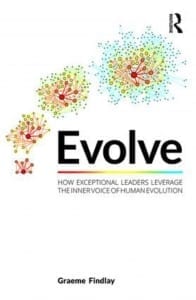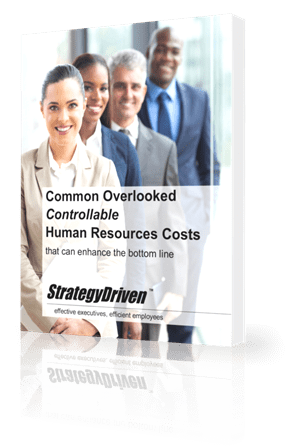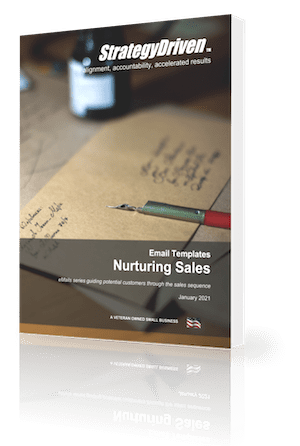Strategy Driven – A Reality Check

The Oxford dictionary defines strategy as “a plan of action designed to achieve a long-term or overall aim.” People tend to focus on the word “plan” in this sentence. We think about strategy as the highest-level, guiding plan for an organization, but if we want to objectively determine the strategy of an organization, this is where we’ll hit a problem.
A plan is an intention to do things in the future, but you can’t objectively study or observe an intention. An intention has no physical presence, we can only witness people talking about it. Walk into an organization and ask to see their strategy and you will likely be given a one-line “mission” statement and a document filled with words and diagrams. The document is real and can be observed. However, the intention that the document describes is not real. We should never confuse the two – having a physical document does not mean that you have a strategy.
But don’t give up hope yet! I cannot physically find gravity and yet I know that it is real because I can witness the impact of gravity on the real world. Newton observed a falling apple and was able to use this data to infer that gravity existed.
So what is the equivalent of Newton’s apple when it comes to strategy? Think about the dictionary definition. A strategy is a not just “a plan”, it is “a plan of action”. I cannot physically witness the plan, but I can certainly witness actions and use them to infer the strategy. If I walk into an organization and carefully examine the action, then I will be able to determine the strategy which is at play.
This might sound a bit backward. After all, the strategy is all about the big picture, about how we will conquer the world tomorrow, not about what is happening today. I disagree – the only way that you can witness a strategy is to carefully look at what is happening today and then infer the strategy from that data.
Let’s look at an example. Some years ago, I worked with a company that was on a sustained journey to improve safety in its operation. Their strategy document declared that “Safety comes first. There is nothing more important for us than the safety of our people and the community in which we operate.” As a strategy statement, it couldn’t be clearer. When I went looking for the action however, I found something different.
At their project portfolio meeting I found something interesting. As is frequently the case, this company had many more potential projects than it had budget. Because of this, the company had to choose which projects to progress and which projects to defer or cancel. Given their strategy of “safety comes first”, I should have witnessed that all the safety projects were approved first and then, only if there was remaining budget, would commercial projects be approved. What I witnessed instead was that a large number of safety projects had been deferred to make space for a more evenly balanced selection of commercial and safety projects. The individuals responsible for making these calls were under a great deal of stress.
“Safety first” was what we call the espoused strategy and it was clearly not real. By witnessing the company’s actions, we can see that the real strategy was to balance commercial and safety interests. They were very committed to their safety journey, but not in a way that put them out of business!
The most concerning thing that I observed was the stress placed on the decision makers. They were implementing the real strategy of the senior management. But they were then placed in a highly compromised position by the same senior management espousing a completely different “strategy”.
As a leader in your organization, I encourage you to constantly check that the actions in your organization match the strategy you espouse. Only then can you truly claim to be strategy-driven.
About the Author














Leave a Reply
Want to join the discussion?Feel free to contribute!